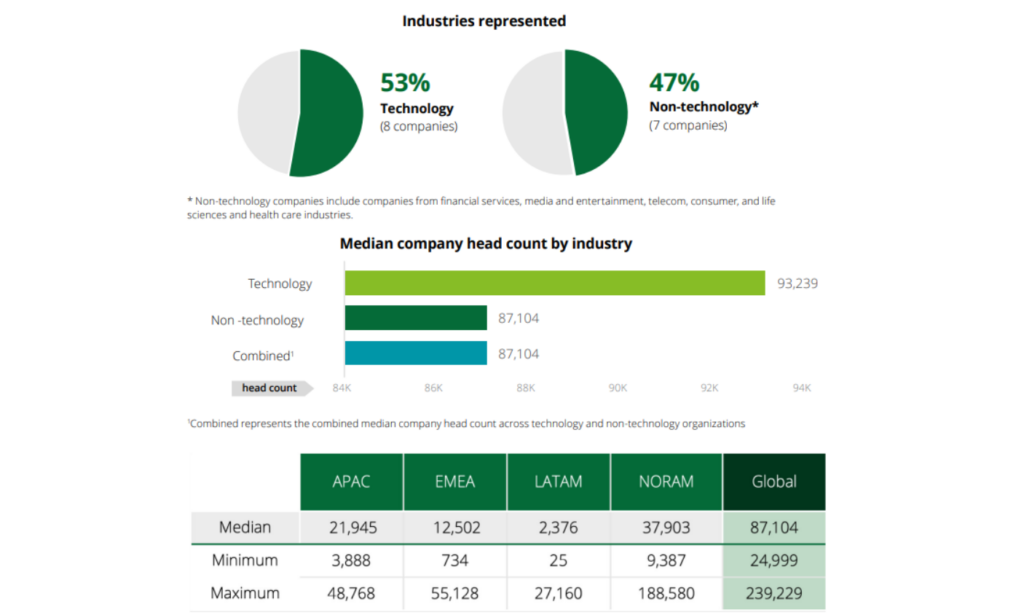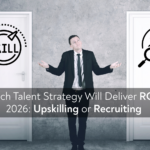If that’s your payroll philosophy, you’re not being loyal to tradition—you’re leaking time, trust, and money.
In 2025, manual payroll isn’t just outdated. It’s operational liability hiding in plain sight. While your finance and HR teams tab through spreadsheets and email chains, your competitors are running precision workflows on autopilot.
Here’s what you’re really choosing when you stick with manual payroll—and why over 78% of businesses have already moved on.

Payroll in 2025: The Real Numbers
- 78% of global businesses now rely on payroll automation (Deloitte Future of Work Report, Q1 2025)
- 60% of small businesses that made the switch reported fewer than 2 payroll errors annually—down from 9 on average (QuickBooks, May 2025)
- 72% of HR leaders cite payroll as the single most automatable, error-prone admin task (Workforce Insights Index, 2025)
- 1 in 3 compliance fines in 2024 were triggered by manual miscalculations
So yes—manual payroll “works.”
But so did fax machines.
1. Human Error Doesn’t Scale—It Compounds
Manual data entry. Formula errors. Misapplied tax rules.
When your payroll is powered by people + hope + Ctrl+Z, accuracy is wishful thinking. And it’s costing you.
Companies switching to automation reduce payroll errors by up to 65% (PwC, 2024)
And those errors don’t just waste time. They:
- Kill trust with employees
- Trigger compliance flags
- Stall internal audits and vendor payments
2. Time Is Money—And You’re Spending It Wrong
Processing payroll manually takes 2x–4x longer per cycle than using software, according to ADP’s 2025 Benchmark Report.
Your HR team shouldn’t spend Tuesdays chasing approvals or correcting entries.
They should be spending that time on strategy, retention, and culture-building.
3. Compliance Isn’t Getting Easier—Just More Expensive
Tax regulations, statutory filings, and labor rules evolve fast—especially across regions.
Manual systems often miss:
- Updated tax slabs or contribution rates
- Filing deadlines or benefit adjustments
- Documentation trails for audits
In 2024 alone, US-based SMEs paid over $7.1 billion in payroll-related fines, most tied to human error (IRS Audit Data, 2025)
Automation doesn’t just do it faster—it does it right, every time.
4. Manual Payroll Isn’t Secure. It’s Just Untracked
Payroll is confidential. But spreadsheets sent via email or stored in shared drives? That’s an open invitation to:
- Unauthorized access
- Internal fraud
- Data breaches
Modern payroll tools come with:
- End-to-end encryption
- Role-based access
- Full audit logs
Security by design—not as an afterthought.
5. Employees Expect Transparency, Not Excuses
Pay is personal. One mistake erodes a lot of goodwill.
And employees today expect:
- Instant access to pay slips
- Real-time visibility into tax and leave balances
- Mobile-first, self-service interfaces
Manual payroll offers none of these. And that disconnect adds up—especially when you’re trying to retain top talent in competitive markets.
6. Manual Workflows Are a Scaling Bottleneck
As your team grows, so does the mess:
- More employees = more complexity
- More geographies = more compliance
- More manual processes = more… chaos
Payroll software scales with:
- Modular logic for roles, policies, locations
- Auto-updated forms and tax rules
- Bulk actions, batch processing, and smart templates
Growth should stretch your product—not your payroll team.
7. Manual Payroll Doesn’t Talk to Anything
Time-tracking system? HR database? Leave platform? Manual payroll talks to none of them.
Which means:
- Double data entry
- Version mismatches
- No unified view of your workforce cost
Modern payroll software integrates seamlessly with:
- HRIS
- Attendance systems
- Performance and incentive platforms
Because decisions are better when your systems are speaking the same language.
8. AI Is the Future—Manual Payroll Isn’t Even the Past
Payroll software today isn’t just automating—it’s predicting:
- Forecasting cash flow based on scheduled pay runs
- Flagging anomalies in payroll trends
- Suggesting tax-saving options per employee type
Manual payroll? It can’t even suggest a spellcheck.
So Why Are Some Still Holding Back?
The most common objections sound like:
- “It works fine now.”
- “It’s too expensive to switch.”
- “We don’t have time for a new system.”
But here’s the truth:
- “Fine” is not a business strategy.
- The cost of not switching is now higher than the cost of adoption.
- And time saved per month compounds into full-time productivity hours.
Where RAPS EHRM Comes In
RAPS EHRM offers payroll that’s:
- Automated
- Compliant
- Role-aware
- Integrated with your HR workflows
It’s built for teams that want control without complexity—whether you’re 50 or 5,000 strong.
No steep learning curve. No spreadsheet panic. Just clarity where it matters most.
Final Thought
Manual payroll isn’t a failure of execution.
It’s a failure of vision.
Your business doesn’t move manually—why should your payroll?
2025 belongs to those who can scale with precision, not friction.
FAQs
Is payroll software only for large companies?
No. Most modern tools are designed to scale from startup to enterprise.
Is switching disruptive?
Not anymore. Implementation can be phased with zero downtime.
Will this reduce our HR workload?
Yes—by automating calculations, workflows, and filings.
Can it handle region-specific compliance?
Absolutely. It’s designed for real-time updates and local adaptation.
How do I see RAPS EHRM in action?
Request a personalized walkthrough at rapscorp.com/raps-ehrm






Leave a Reply